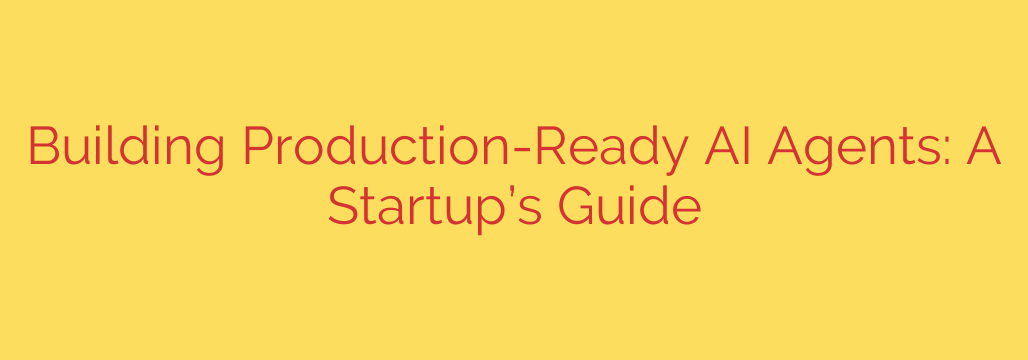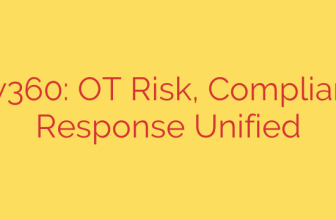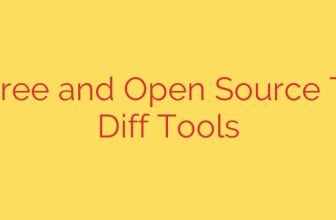
From Demo to Deployed: Your Guide to Building Production-Ready AI Agents
It’s an exciting time to be building with AI. Creating a clever demo with a Large Language Model (LLM) that wows your team can take just a few hours. However, the journey from that impressive prototype to a reliable, production-ready AI agent that paying customers can depend on is a far more complex challenge. Many startups falter in this critical transition, underestimating the hurdles of real-world deployment.
An AI agent that works 80% of the time in a controlled demo will fail spectacularly when faced with the unpredictability of real users and their diverse needs. To build a product, not just a project, you need a rigorous approach focused on reliability, scalability, evaluation, and security. This guide provides a practical framework for taking your AI agent from a fragile proof-of-concept to a robust, market-ready solution.
The Critical Leap from Demo to Production
The core challenge is moving from probabilistic and often unpredictable models to creating a consistent and trustworthy user experience. In a demo, a slightly off-key or incorrect answer can be easily dismissed. In production, it can erode user trust, break workflows, and damage your brand.
The primary obstacles you will face include:
- Inconsistent Performance: The agent provides correct answers for some queries but fails on slightly different variations.
- Hallucinations: The model confidently invents facts or information that is not grounded in reality.
- Latency Issues: The agent takes too long to respond, creating a poor user experience.
- Unpredictable Costs: Spiraling operational costs from inefficient model usage and high token counts.
- Security Vulnerabilities: The risk of prompt injection attacks and sensitive data leaks.
Overcoming these requires a shift in mindset—from rapid experimentation to disciplined engineering.
Pillar 1: Ensuring Reliability and Consistency
The foundation of a production-ready AI agent is its ability to perform its designated tasks accurately and predictably every time. Your goal is to constrain the model’s creative freedom and guide it toward the correct, desired outcome.
Embrace Structured Outputs: One of the most powerful techniques for reliability is forcing the LLM to respond in a specific, machine-readable format like JSON. Instead of parsing messy, free-form text, you define a clear schema for the output. This drastically reduces errors and makes the agent’s behavior predictable, allowing it to integrate seamlessly with other software components.
Implement Advanced Retrieval-Augmented Generation (RAG): To combat hallucinations, your agent needs to be grounded in factual data. RAG achieves this by retrieving relevant information from a trusted knowledge base (like your company’s internal documents or a product database) and feeding it to the LLM as context with the user’s query. This ensures the model’s answers are based on your data, not just its general training.
Master Agentic Workflows: Complex tasks often require multiple steps. Instead of relying on a single, massive prompt, break the task down into a chain of smaller, more manageable sub-tasks. For example, an agent might first classify user intent, then retrieve necessary data, then formulate a draft response, and finally review it for accuracy. This modular approach makes debugging easier and significantly improves the reliability of the final output.
Pillar 2: Achieving Scalability and Performance
A production system must serve thousands of users simultaneously without breaking a sweat or your budget. This means optimizing for both speed and cost.
Choose the Right Model for the Job: The biggest, most powerful model isn’t always the best choice. Smaller, fine-tuned models can often perform a specific task faster and at a fraction of the cost. Analyze the complexity of your task and select the most efficient model that meets your quality bar.
Aggressively Monitor and Manage Costs: LLM APIs are billed per token, and costs can escalate quickly. Implement robust logging to track token usage for every single call. Set up dashboards and alerts to monitor your spending in real-time and identify inefficient queries or workflows that need optimization.
Focus on Reducing Latency: User patience is thin. A slow AI is a frustrating AI. Optimize your RAG system to retrieve data quickly and consider techniques like streaming responses, where the agent begins delivering its answer word-by-word instead of waiting until the full response is generated.
Pillar 3: Establishing Robust Evaluation and Monitoring
You cannot improve what you do not measure. A rigorous evaluation framework is non-negotiable for understanding and enhancing your agent’s performance.
Build a Comprehensive Test Suite: Go beyond simple “pass/fail” tests. Create a “golden set” of diverse and challenging test cases that cover common use cases, edge cases, and potential failure modes. Evaluate the agent’s responses not just for factual accuracy, but also for tone, helpfulness, and adherence to brand voice.
Implement Continuous Monitoring in Production: Once deployed, your work has just begun. Continuously log user interactions, agent responses, and performance metrics. Monitor for things like a sudden increase in “I don’t know” answers, high latency spikes, or a drop in user satisfaction scores. This data is invaluable for identifying issues before they become widespread problems.
Pillar 4: Hardening Your Agent Against Security Threats
AI agents introduce new attack surfaces that must be addressed proactively. Security cannot be an afterthought; it must be a core part of the design process.
Here are essential security tips to implement:
Defend Against Prompt Injection: This is one of the most common LLM-specific attacks, where a malicious user inputs instructions to hijack the agent’s original purpose. Always sanitize and validate user inputs. Create a layer of defense by having one model classify the user’s intent before passing the query to the main agent.
Protect User Data: Be extremely careful about the data you send to third-party model providers. Anonymize or redact all personally identifiable information (PII) before it leaves your system. Ensure your data handling practices comply with regulations like GDPR and CCPA.
Implement Output Filtering: Just as you filter input, you must also filter output. Implement controls to prevent the agent from generating harmful, inappropriate, or sensitive content. This protects both your users and your company from unintended consequences.
By methodically addressing these four pillars—Reliability, Scalability, Evaluation, and Security—you can build an AI agent that is not only intelligent but also dependable, efficient, and safe. The path from a clever demo to a production-grade product is demanding, but a disciplined, engineering-first approach is the surest way to create lasting value.
Source: https://cloud.google.com/blog/topics/startups/startup-guide-ai-agents-production-ready-ai-how-to/








